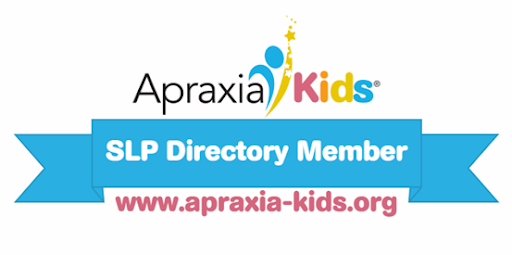Modeling occurs when a communication partner uses language or speech relevant to the conversation in a natural environment. There are three types of modeling strategies that can be used to expand language and communication including self-talk, parallel talk, and expansion.
Self-Talk
Self-talk occurs when the communication partner (e.g. parent, sibling, guardian, family member) describes what they are doing aloud for the child to hear.
Ex: “Dad is cutting an apple” “ the apple is green” “I’m dunking the apples” “yummy”
Parallel
Parallel talk occurs when the communication partner describes what the child is doing aloud.
Ex: “you are pushing the blue play-doh” “cut the play-doh” “squeeze” “oh no the play-doh is green” “roll the play-doh”
Expansion
Expansion is used to expand the length and complexity of the child’s utterances. When using this modeling strategy, the communication partner adds on to what the child is saying to include more descriptive or complex vocabulary. When expanding a phrase it is best to incorporate only one to two words more than what the child is currently using.
Ex:
Child: kick ball
Adult: kick the yellow ball
Child: pop bubble
Adult: pop the big bubble
Get a Free Online Assessment
Looking for an expert opinion on your child's needs? Fill out a 3 minute questionnaire and receive a personal evaluation from our staff
By submitting this form, you are consenting to receive marketing emails from: . You can revoke your consent to receive emails at any time by using the SafeUnsubscribe® link, found at the bottom of every email. Emails are serviced by Constant Contact



